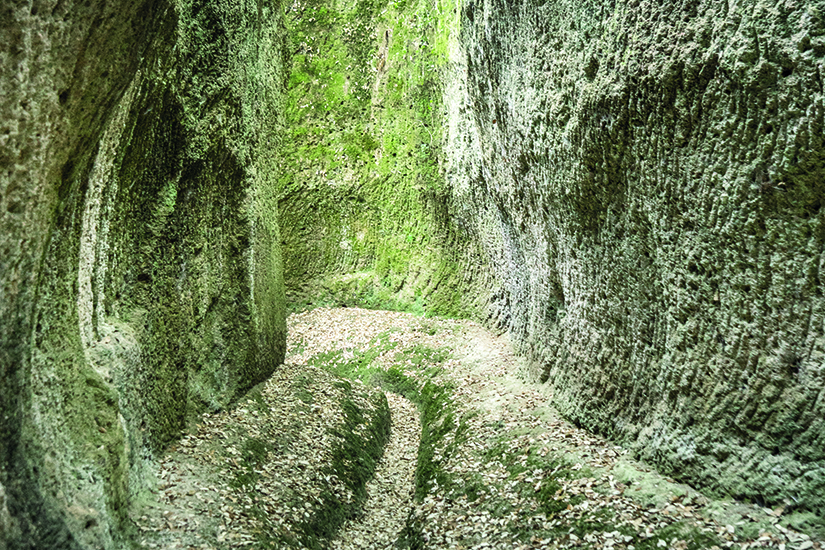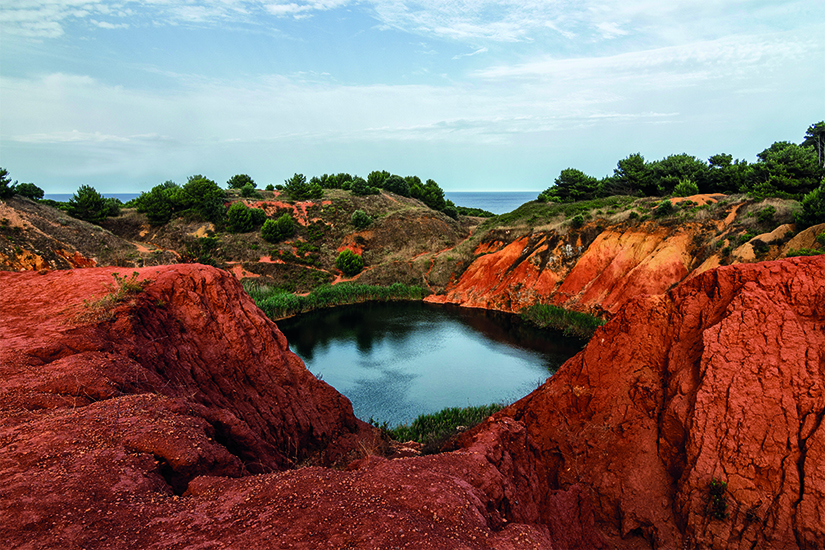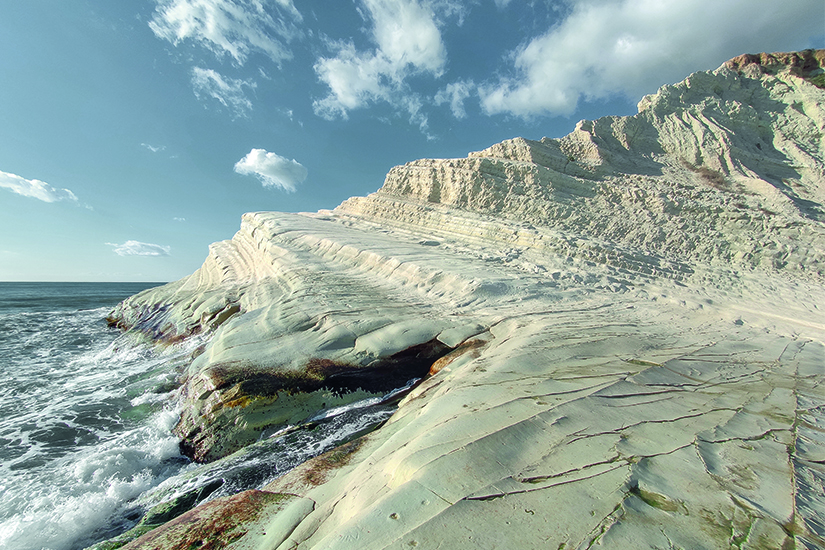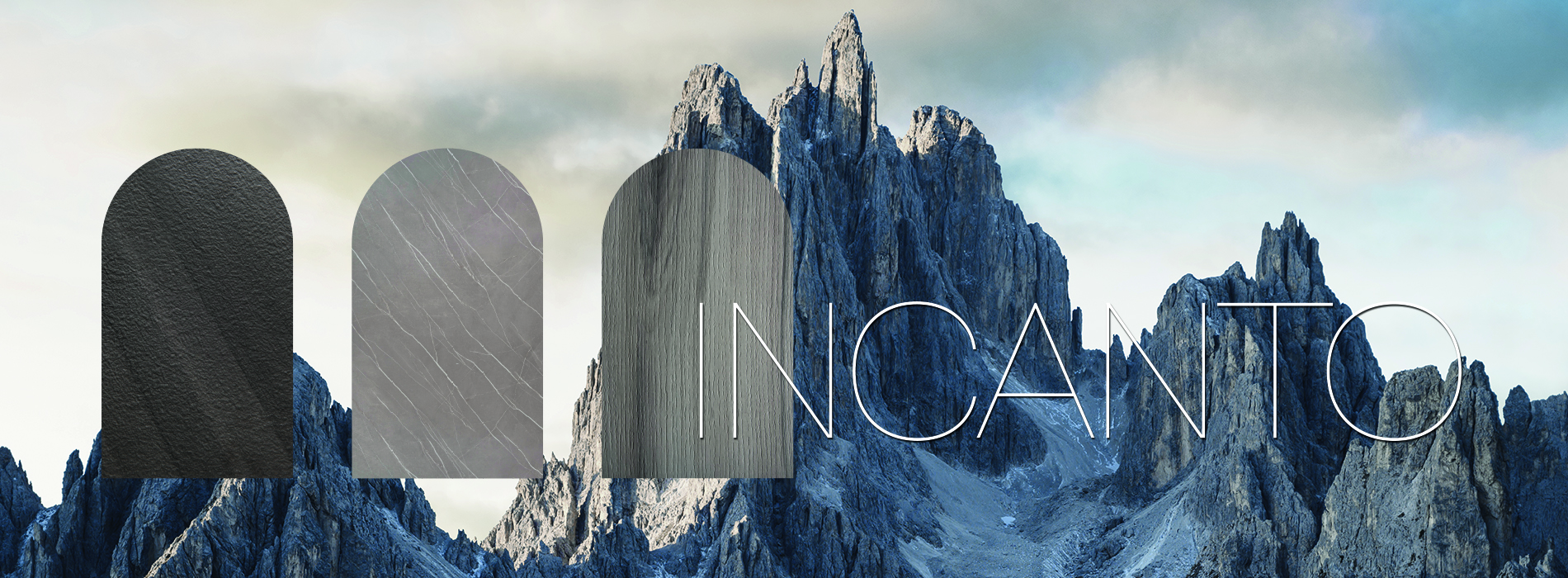2021 Incanto
The Grand Tour of Italian Natural Beauties
Coined by Richard Lassels in his 1670 Voyage of Italy, the term “Grand Tour” came to refer to travel of Europe’s elite mainly to Italy, where young artists, aristocrats and statesmen came to experience first-hand the remains of classical culture.
Story behind the places
As arts have been imitating nature since the dawn of times, the Incanto collection gets its inspiration from the surrounding natural beauty and landscape that have been nurturing and shaping men’s ability to transform the natural elements into expressions of art.
“Every one of my buildings begins with an Italian journey.”
- Alvar Aalto

1. Monviso Mountain, Piedmont
With its iconic pyramid-like shape, Monte Viso or Monviso is the highest mountain of the Cottian Alps, located close to the French border. Since it is higher than all its neighbouring peaks by about 500 m, it can be seen from a great distance. Also known as «The Stone King», it has been suggested that Monte Viso could be one of the mountains which inspired the Paramount logo.

2. Dolomites, Veneto - Trentino Alto Adige
The Dolomites are formed of rocks dating back to the Triassic age, around a few hundred million years ago. The entire area is a UNESCO World Heritage site with several stunning national parks. The highest mountain, of all the craggy peaks, is the Marmolada at the height of almost eleven thousand feet, but the most easily recognized are the three impressive peaks of the Tre Cime di Lavaredo.

3. Misurina, Veneto
Close to the Belluno Dolomites, it is located in the Cadore area, where the celebrated Renaissance painter Titian was born. Misurina, with its scenographic lake mirroring the surrounding stunning rocky peaks, is 1756 metre above sea level in the heart of the UNESCO Dolomite Heritage area. Its name ‘the Pearl of the Dolomites’ tells you a great deal about its beauty and magnificence.

4. Val d’Orcia, Tuscany
The Val d’Orcia, in the Tuscany region of Italy, is the rural heart of the country. The road winds its way through the verdant, rolling hillsides of the valley. Covered with vineyards and olive groves, this scenic view has remained unchanged for centuries and its landscape has been depicted in works of art from Renaissance painting to modern photography.

5. Via cava, Sorano, Tuscany
The Vie Cave (in English excavated roads) is an impressive road network in Tuscany in the area between Sovana, Sorano and Pitigliano. They consist mainly of narrow trenches excavated in soft tuff that are thought to have changed little since Etruscan times.

6. Bauxite quarry, Otranto, Apulia
In Salento, around Otranto, there is an emerald green lake surrounded by red earth. It is a deposit of bauxite, a sedimentary rock mainly made of oxides and hydroxides of iron and aluminum.
The bauxite quarry is what remains of an old abandoned mine. Water infiltration created an emerald-coloured pond within the quarry which is surrounded by banks coloured by the presence of the mineral.

7. Mount Etna, Sicily
Home of Polyphemus, the mythological one-eyed giant son of Poseidon in Greek mythology, and one of the Cyclopes described in Homer's Odyssey, Mount Etna is Italy’s most active volcano and the highest volcano anywhere in Europe. From the city of Catania, you can see its permanent smoke constantly rising from its numerous chimneys. Its last major eruptions were in 2017 and 2018, but it is in an almost constant state of activity.

8. Scala dei turchi, Porto Empedocle, Sicily
Scala dei Turchi, or “Stair of the Turks”, is a tiered rocky white cliff located in southern Sicily. It is named for its formation in the shape of a staircase and also for the frequent raids carried on by Moors over the centuries. Made up of soft limestone rock and white marl, which is a sedimentary rock, the stretch of coastline has withstood millennia of lapping ocean waves and salty breezes that have created its typical natural terraces.
Now, let Incanto inspire your design projects







